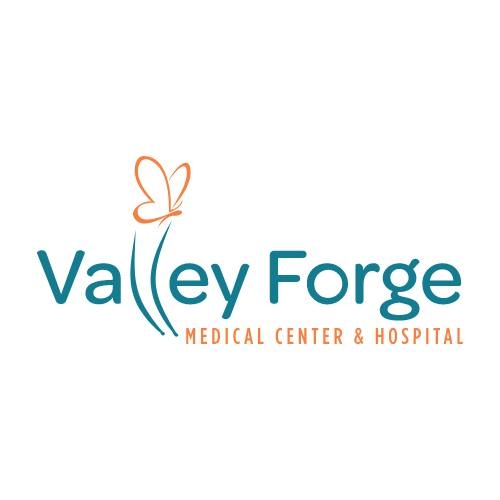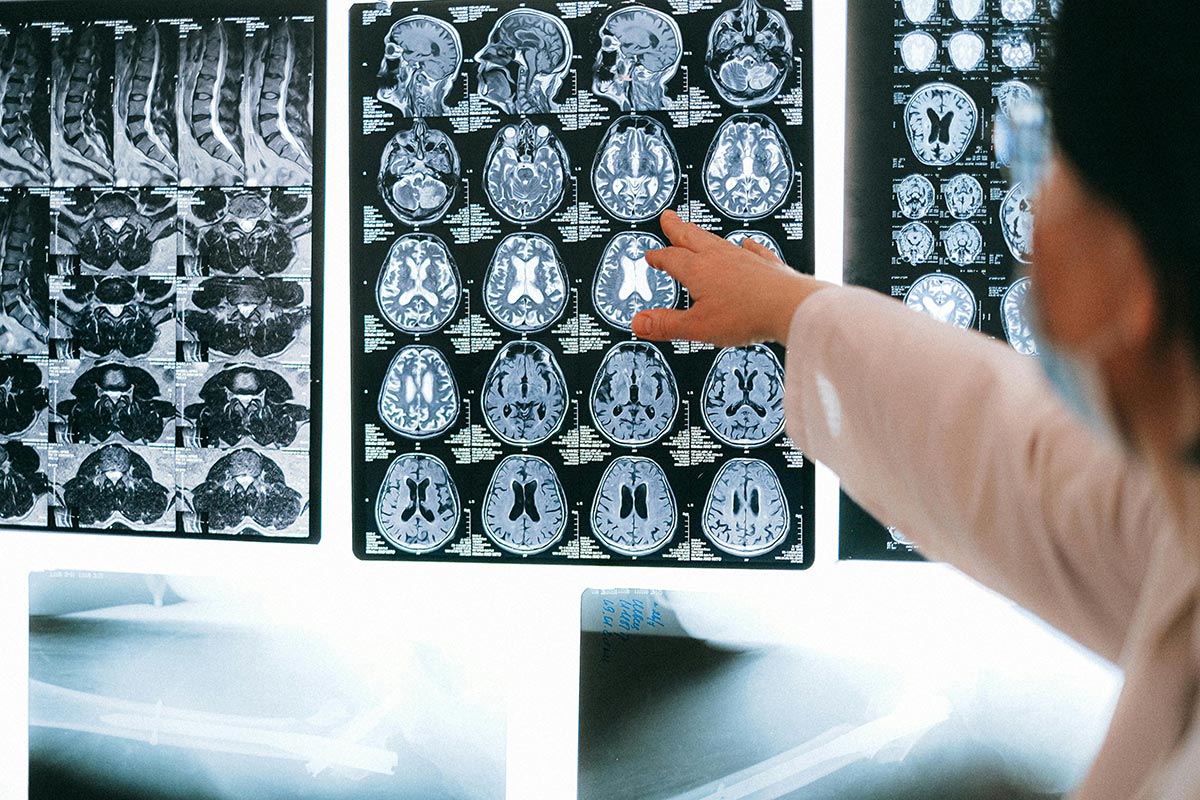
Understanding Co-Occurring Harms
Link Between Gambling and Substance Use
The relationship between gambling and substance use is increasingly recognized in the treatment landscape. A systematic review revealed that 57.5% of individuals facing gambling issues also reported co-occurring substance use challenges [1]. This indicates a significant overlap where those dealing with one form of addiction are likely to experience the other. Additionally, those with a history of substance use disorders (SUDs) can be up to 10 times more likely to develop gambling problems compared to the general population.
Younger individuals are particularly vulnerable to these co-occurring harms, but older adults also face significant issues. Research indicates that older individuals with gambling disorders often find themselves single or divorced and may resort to gambling as a means to cope with negative emotions, especially when other recreational activities are less accessible.
| Demographic | Co-occurrence of Gambling and Substance Use |
|---|---|
| General Population | 57.5% with gambling harms also face substance use harms |
| Individuals with Substance Use Harms | Up to 10 times more likely to experience gambling harms |
Impact of Co-Occurring Harms on Treatment
Co-occurring gambling and substance use harms complicate treatment processes. Individuals dealing with both types of issues are more likely to discontinue their treatment prematurely, which leads to less favorable outcomes. The phenomenon of "addiction substitution" is particularly concerning, where addressing one addiction may inadvertently trigger the emergence of another harmful behavior.
Among those who have encountered both gambling disorder (GD) and substance use disorders (SUDs), specific patterns have emerged. Data indicates that 36.2% exhibited problematic gambling earlier than their substance use issues, while 57.4% reported that their substance use began first. Only 6.4% experienced both conditions simultaneously within the same year, highlighting the need for integrated treatment strategies that address these interrelated issues cohesively.
Aligning treatment methodologies can significantly improve outcomes for these individuals. For additional insights on other related conditions, consider exploring our sections on addressing eating disorders in substance use treatment and addressing internet and gaming addiction in treatment.
Screening and Therapeutic Interventions
Addressing gambling addiction in substance use treatment requires effective screening and therapeutic interventions. These components are crucial for identifying individuals at risk and providing appropriate support.
Clinician Screening Challenges
One significant challenge is the low screening rates for problem gambling among clinicians. Research shows that only 16% of clinicians reported screening for gambling issues 'often' or 'always'. Additionally, a majority of clinicians expressed a lack of confidence in delivering suitable therapeutic interventions for addressing gambling-related harms. Only 12.5% of clinicians reported receiving training specifically related to gambling harms, highlighting a need for enhanced education and awareness in this area.
Tools for Identifying Gambling Harms
There are numerous tools available for identifying gambling harms, with literature identifying 19 screening tools specifically for this purpose. However, none of these tools were designed to screen for substance use in a gambling treatment setting. Among the existing tools, 11 have been validated for use within substance use treatment contexts. The following table outlines some commonly utilized gambling screening tools:
| Screening Tool | Description |
|---|---|
| South Oaks Gambling Screen (SOGS) | Assesses severity of gambling issues |
| Gamblers Anonymous 20 Questions | Self-assessment questionnaire for gamblers |
| Canadian Problem Gambling Index | Measures gambling behaviors and consequences |
These tools can help clinicians effectively identify gambling problems in their patients and tailor treatment strategies accordingly.
Effective Psychosocial Interventions
Psychosocial interventions have shown remarkable effectiveness for individuals encountering co-occurring substance use and gambling problems. According to findings from various studies, these tailored therapeutic approaches yield the best outcomes for addressing both gambling and substance use harms simultaneously. One notable method is Cognitive Behavioral Therapy (CBT), which is recognized as the most common psychological intervention for treating gambling disorders. It has proven effective in reducing gambling-related behaviors and achieves significant improvements in both short- and long-term outcomes.
By utilizing effective screening tools and implementing psychosocial interventions, treatment providers can better support individuals struggling with both gambling addiction and substance use challenges. Resources and methods are continually evolving, making it essential to stay informed and adapt therapeutic practices to enhance recovery outcomes.
For more information on how various therapeutic approaches can be utilized, consider exploring articles on addressing eating disorders in substance use treatment and addressing internet and gaming addiction in treatment.
Barriers to Seeking Treatment
Understanding the barriers to seeking treatment for gambling addiction in the context of substance use recovery is crucial. Many individuals facing gambling disorders encounter significant obstacles that prevent them from accessing the help they need.
Low Treatment Seeking Rates
The rates at which individuals with gambling disorders seek treatment are alarmingly low. Studies reveal that only 10% to 20% of people with gambling disorders engage in treatment programs. Furthermore, nearly three-quarters (71%) of individuals with pathological gambling have never sought professional help or participated in self-help groups [4]. This reluctance can severely hinder effective recovery efforts.
| Treatment Seeking Rates | Percentage |
|---|---|
| People who seek treatment | 10% - 20% |
| People with pathological gambling who have never sought help | 71% |
| Problem gamblers declaring a need for help who access services | 17% |
Individual and Structural Barriers
Multiple factors contribute to the low rates of treatment seeking among individuals with gambling disorders. Many experience a fear and aversion to discussing their problems in therapeutic settings. Admitting to oneself and others that one has an addiction can evoke a sense of shame and discomfort. This often leads to avoidance of treatment options [4].
Additionally, the therapeutic programs available for gambling disorders are frequently inadequate. The materials and content tend to be tailored towards alcohol and drug treatment, which may not effectively address the unique needs of individuals with gambling issues. This misalignment can foster feelings of inadequacy and frustration among those seeking help.
Stigma and Shame Associated with Seeking Help
Stigmatization is a significant barrier that affects the decision to seek treatment for gambling addiction and substance use disorders. Many individuals fear being labeled as an alcoholic or drug addict, which can delay their willingness to access necessary support. This stigma results in feelings of isolation and reluctance to engage in treatment [4].
Addressing these barriers is essential for improving outcomes in treating gambling addiction alongside substance use issues. Awareness and targeted strategies are needed to create a more supportive environment for those in need of help. For related issues, consider exploring treatments for eating disorders, sexual dysfunction, body image issues, and internet and gaming addiction.
Tailored Therapeutic Approaches
Addressing gambling addiction in substance use treatment requires specialized therapeutic approaches that cater to the unique challenges faced by individuals with co-occurring disorders. Three prominent methods include Cognitive Behavioral Therapy, Motivational Interviewing, and Pharmacological Approaches.
Cognitive Behavioral Therapy
Cognitive Behavioral Therapy (CBT) has emerged as the most common psychological intervention for treating gambling problems. This approach has shown significant effectiveness in reducing problem gambling behaviors. Studies indicate that CBT provides substantial improvements in both the short and long term for individuals grappling with gambling disorders.
CBT is particularly advantageous for those experiencing both substance use and gambling harms. Psychosocial interventions utilizing CBT have produced favorable outcomes on gambling measures. Furthermore, combining CBT with motivational enhancement therapy has demonstrated reductions in gambling frequency and severity in individuals seeking treatment for substance use [1].
| Benefits of CBT for Gambling Disorders |
|---|
| Reduces problem gambling behavior |
| Offers significant short and long-term results |
| Effective for individuals with co-occurring substance use issues |
Motivational Interviewing
Motivational Interviewing (MI) is another promising therapeutic approach for addressing gambling addiction. This technique empowers individuals to explore and resolve their ambivalence about making changes in their behavior. MI uses normative feedback to encourage behavioral change, resulting in reduced gambling behavior frequency and severity.
Moreover, MI improves psychosocial functioning and enhances the quality of life for individuals affected by gambling disorders. By fostering an environment of empathy and collaboration, MI helps clients to identify their motivations for change and develop a clear path forward.
| Key Aspects of Motivational Interviewing |
|---|
| Empowers individuals to address ambivalence about change |
| Promotes behavioral change through normative feedback |
| Enhances psychosocial functioning and quality of life |
Pharmacological Approaches
Pharmacological treatments have also shown promise in the management of gambling disorders. Opioid antagonists like naltrexone and nalmefene have emerged as effective medications to reduce gambling severity. Studies reveal that individuals taking these medications experience significant improvement compared to those on a placebo [2].
While pharmacological approaches can be beneficial, they should be implemented alongside psychological interventions to ensure comprehensive care for individuals dealing with both gambling and substance use issues.
| Pharmacological Options for Gambling Disorder | | --- | --- | | Medication | Evidence of Effectiveness | | Naltrexone | Significant reduction in gambling severity | | Nalmefene | Similar benefits as naltrexone |
By integrating these tailored therapeutic approaches—Cognitive Behavioral Therapy, Motivational Interviewing, and Pharmacological Treatments—healthcare providers can effectively address gambling addiction in the context of substance use treatment. For further information on related topics, consider exploring addressing eating disorders in substance use treatment or addressing sexual dysfunction in substance use treatment.
Risk Factors and Vulnerable Populations
Understanding the risk factors associated with gambling disorder is essential in the context of addressing gambling addiction in substance use treatment. Various individual, relationship, and community factors contribute to the likelihood of developing gambling disorder (GD).
Factors Contributing to Gambling Disorder
Several key risk factors have been identified for developing GD, including:
| Risk Factor | Description |
|---|---|
| Age | Younger individuals often exhibit higher prevalence, though older adults represent a significant demographic. |
| Impulsivity | Higher impulsivity can lead to poor decision-making regarding gambling. |
| Sensation Seeking | Individuals seeking new experiences may be more prone to gambling behaviors. |
| Depression | Those experiencing depressive symptoms are at increased risk. |
| Substance Use | Individuals with alcohol, tobacco, or marijuana dependencies have three to five times the odds of being problem gamblers compared to non-users NCBI. |
| Personality Traits | Traits such as under-controlled temperament can elevate risk levels. |
Understanding these risk factors is crucial for developing targeted prevention efforts in substance use treatments.
Impact on Quality of Life
The effects of gambling disorder on the quality of life can be severe. Individuals struggling with GD often experience:
- Financial instability, leading to stress and anxiety.
- Relationship problems, including social isolation and conflict with family and friends.
- Mental health issues, which may involve increased rates of depression or anxiety disorders.
The consequence of these factors can contribute to a cycle of substance use as individuals may turn to drugs or alcohol to cope with the emotional and psychological distress caused by their gambling habits.
Unique Challenges for Older Adults
Despite gambling disorder being more prevalent among younger populations, it is also a significant concern for older adults. Several factors make this demographic particularly vulnerable:
- Relationship Status: Older individuals with GD are more likely to be single or divorced/separated, which can intensify feelings of loneliness.
- Access to Activities: Limited access to alternative leisure activities forces some older adults to seek entertainment through gambling.
- Fixed Income: Many seniors live on fixed incomes, making financial losses from gambling particularly detrimental NCBI.
Older adults may engage in gambling as a means of alleviating negative emotions from isolation or boredom, highlighting an essential area for intervention within substance use treatment programs. Understanding these unique challenges can improve therapeutic approaches and support within the recovery process.
Prevention and Long-Term Management
When addressing gambling addiction in substance use treatment, effective prevention and long-term management strategies are essential. This section discusses early detection tactics, the importance of support systems and counseling, as well as continuing care and relapse prevention techniques.
Early Detection Strategies
A systematic review reveals that 57.5% of individuals experiencing gambling harms also face co-occurring substance use harms. This statistic highlights the crucial need for comprehensive screening tools capable of identifying these interrelated issues early.
While literature has identified 19 screening tools for gambling harms, none specifically address screening for substance use within a gambling treatment setting. This gap emphasizes the importance of developing specialized tools for early detection to better assist individuals at risk.
| Metric | Percentage |
|---|---|
| Individuals with gambling harms also experiencing substance use harms | 57.5% |
| Identified screening tools for gambling harms | 19 |
| Tools for substance use in a gambling setting | 0 |
Support Systems and Counseling
Support systems are vital for individuals struggling with gambling disorders. Family members of individuals with a compulsive gambling problem can benefit significantly from counseling, even when the gambler themselves is not inclined to participate in therapy [5]. It is imperative to create supportive counseling environments, as people with gambling disorders often feel fear and aversion toward discussing their issues in a group setting [4].
Encouraging open communication and understanding can create a better foundation for both the individual and their support system. Promoting family and community involvement can play an essential role in the recovery process.
Continuing Care and Relapse Prevention
Continuing care strategies are critical in the journey to recovery. Despite treatment, individuals may relapse, particularly if they socialize with gamblers or find themselves in gambling environments.
Additionally, research indicates that among individuals with a history of both substance use disorders (SUDs) and gambling disorders (GD), 36.2% experienced an earlier onset of problematic gambling. This finding underscores the necessity for robust relapse prevention strategies that include ongoing support and monitoring.
By implementing effective early detection strategies, providing strong support systems, and establishing comprehensive continuing care programs, the likelihood of successful long-term recovery from gambling and related substance use challenges increases significantly. For a broader understanding of related issues, consider exploring addressing eating disorders in substance use treatment, addressing sexual dysfunction in substance use treatment, and addressing body image issues in substance use treatment.
.svg)





